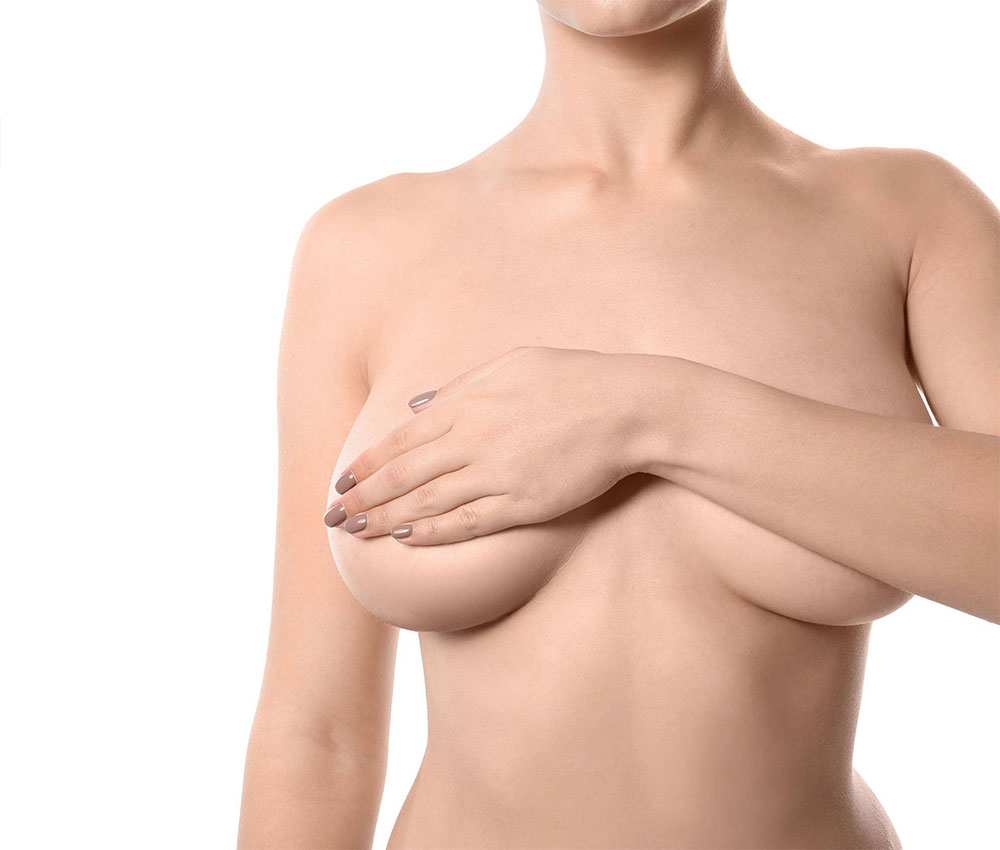Nipple Surgery


Breast augmentation or reduction surgeries are often the go-to procedures for improving breast aesthetics, but nipple irregularities can also cause serious aesthetic and functional problems. Depressed or small nipples can indicate a significant issue, affecting both the appearance and health of the breast. In some cases, a collapsed nipple can even impede breastfeeding after birth, indicating underdeveloped milk ducts connected to the nipple.
Nipple aesthetics can be a critical solution for women experiencing nipple irregularities. Although not medically concerning, larger or smaller nipples can be socially uncomfortable and can cause non-aesthetic appearances, especially under women’s clothing. Similarly, wider rings around the nipple, size differences between the two nipples, and variations in size between the rings can all contribute to nipple irregularities.
It is crucial to address these problems, especially during adolescence when breast aesthetics are vital. Any adult woman who has completed physical development and is dissatisfied with the appearance of her nipple can undergo nipple surgery. Women who have suffered breast trauma, breast sagging, cancer, or other diseases affecting the shape of the nipple can also benefit from nipple aesthetics.
Nipple surgery is usually performed under local anesthesia and involves liberalizing the milk ducts without cutting or tearing them. Depending on the size of the irregularity, fat or muscle supplements can be made under the nipple to prevent recurrence. The size and shape of the nipple can also be easily altered, and if the rings around the breast are large, the surgeon can remove them by cutting.
The surgery does not hinder breastfeeding. Modern medical techniques ensure that the milk ducts are not damaged during nipple surgery, making it possible for women who previously struggled with collapsed nipples to breastfeed without issues. Recovery from nipple aesthetics surgery is typically speedy, with patients able to leave the hospital on the same day or stay overnight, depending on their doctor’s advice. Pain can be managed easily with painkillers, and swelling typically resolves within a few days. After a few days, the bandages can be removed, and patients should wear an athlete’s bra for two weeks. While patients can resume their daily routine soon after surgery, they should avoid intense activities for about a month. There is no loss of sensation from the nipples after surgery.



